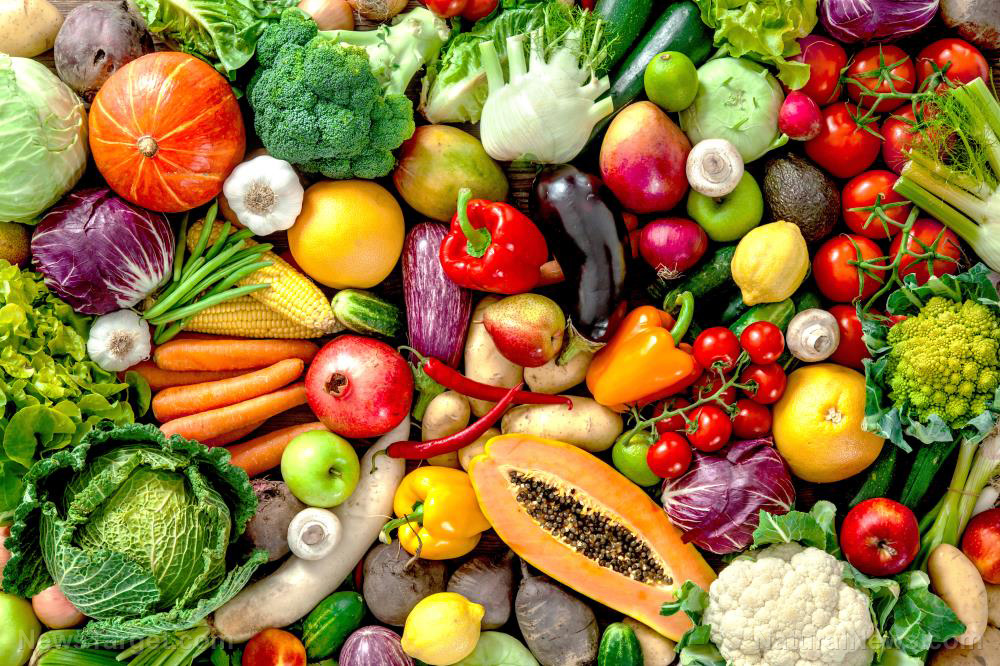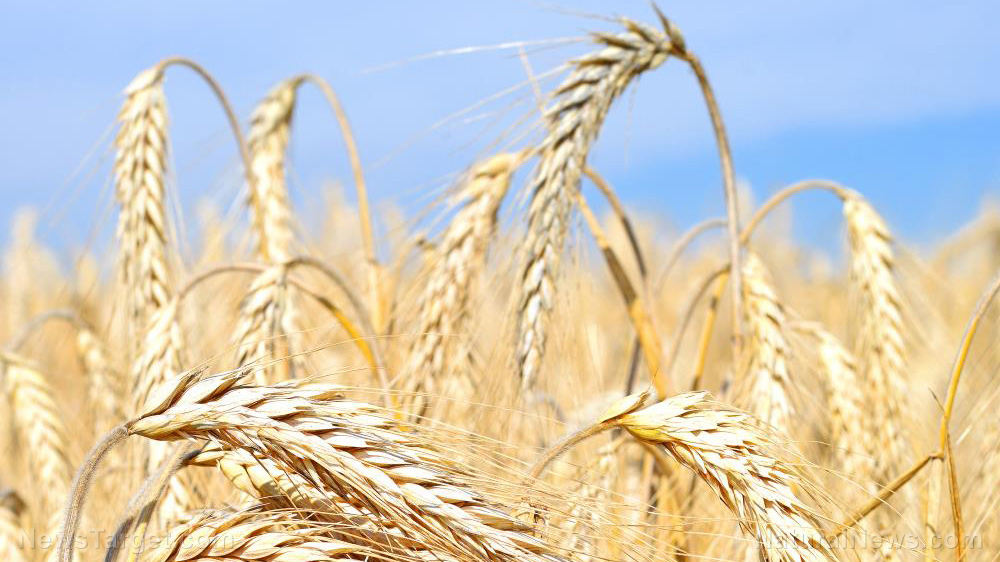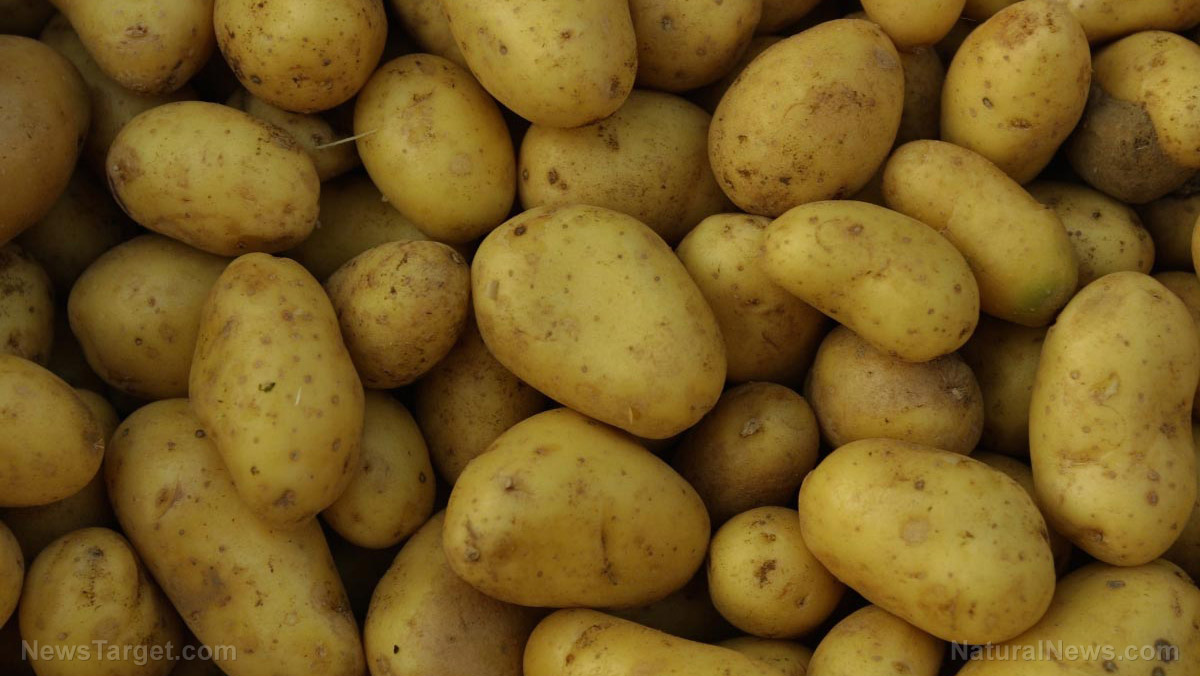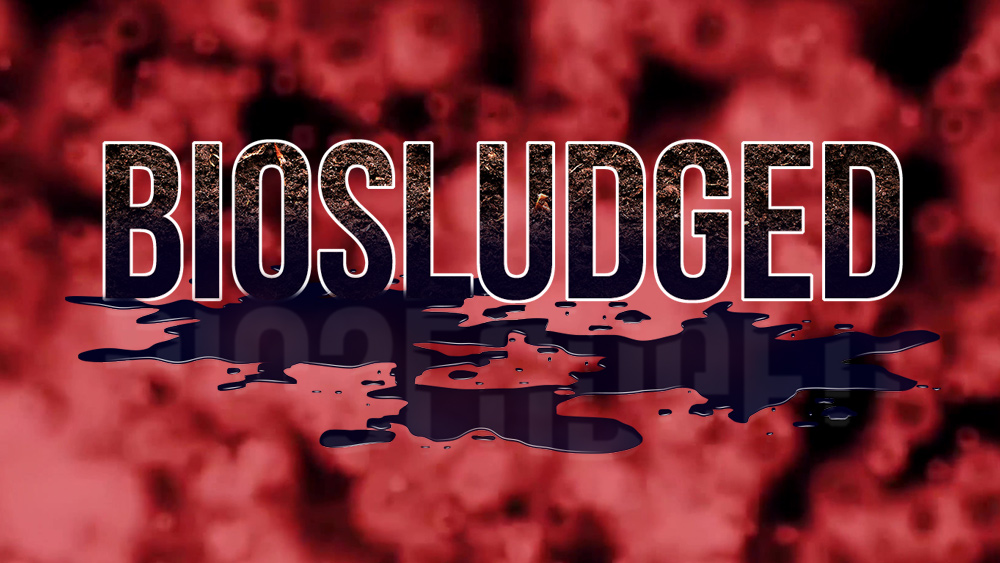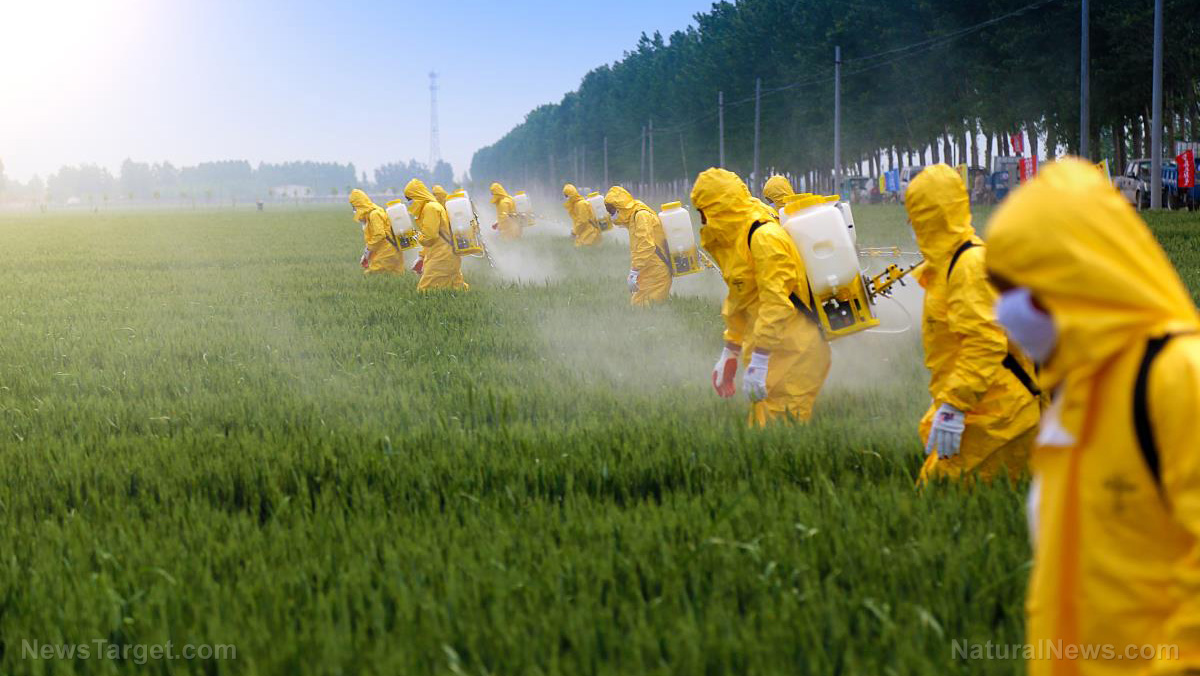What defines “clean meat” and why it’s a sign of things to come
05/07/2018 / By David Williams

As the movement for more widespread adoption of “clean meat” begins to pick up speed, many different questions need to be answered. What is it? Is it really safe to eat? Will it be possible to make sure that clean meat sources can offer products that are just as good, if not better, than actual meat products?
In a nutshell, the term ‘clean meat’ is currently being used to describe non-organic meat products created in a lab. They come from growing animal meat cells and are meant to replace real meat that’s taken from real, live animals. Though more and more companies are starting to cater to those who are in search of it, it remains controversial, with the U.S. beef industry recently taking action to distinguish their own meat products from artificially-created alternatives.
While it may be quite a touchy subject at the moment, people who are in support of clean meat have been trying to make their voices heard. Paul Shapiro, an author who wrote a best-selling book titled, “Clean Meat: How Growing Meat Without Animals Will Revolutionize Dinner and the World,” explained that there could be benefits to using lab-grown meat alternatives. He said the methods for clean meat’s creation can allow people to be selective, and basically just “grow” the meat parts that they specifically want. In short, he thinks that clean meat would afford better choices for everyone.
According to Shapiro, it’s possible to create artificial meat products without harming any animals in the process. “We can make the cells from the biopsy think that they are still in the animal’s body,” he explained. “Then have those cells grow into real actual animal meat without having to raise and kill an entire animal.”
In his view, current methods of producing clean meat are not only less harmful to animals in general, but they are also environmentally friendly. “‘Clean’ beef would take up 99 percent less land, produce 96 percent fewer greenhouse gas emissions, and over 90 percent less water to produce the same amount of beef,” he said.
The next “progressive” social derivative?
For its part, the Cattlemen’s Association filed a petition that goes against the wishes of the burgeoning clean meat industry. And their main reason for doing so is to help maintain the idea that clean meat is really nothing like natural meat which gets taken from animals. Kelly Fogerty, the Executive VP of the association, wants to keep the public from thinking that organic meat and artificial meats are one and the same.
“We want them to think of this,” said Fogerty in reference to organic meat, while she was pointing towards a field of cattle. “We don’t want them to think of something that’s created under a microscope.” (Related: U.S. beef industry makes strategic move to counter lab-grown meat with legal definition of “meat”.)
Back in 2014, the vast majority of people spoke definitively that they would not eat “clean” meat, based on the results of a Pew study that was conducted at the time. But merely three years later, the number of people who would agree to eating clean meat went up to almost one-third of all respondents when a follow-up study was conducted.
In other words, people may be starting to warm up to the idea of eating artificial replacements to real meat. Is it going to be safe in the long run? This is something that needs to be answered quickly and as definitively as possible, but an absence of abundant data makes it difficult to do so. If the current trend continues, and clean meat becomes more and more common in the world, it will only be a matter of time before any of their negative side effects, if any, become apparent. And then it will be possible to say for sure whether or not they have a place in the world.
Find out more about bio-engineered food products in BioTech.news.
Sources include:
Tagged Under: artificial meat, beef industry, bioengineered food, Cattlemen's Association, clean meat, food source, food supply, GMO, lab-grown food, meat cells, meat industry, meat products, non-organic meat, organic meat

